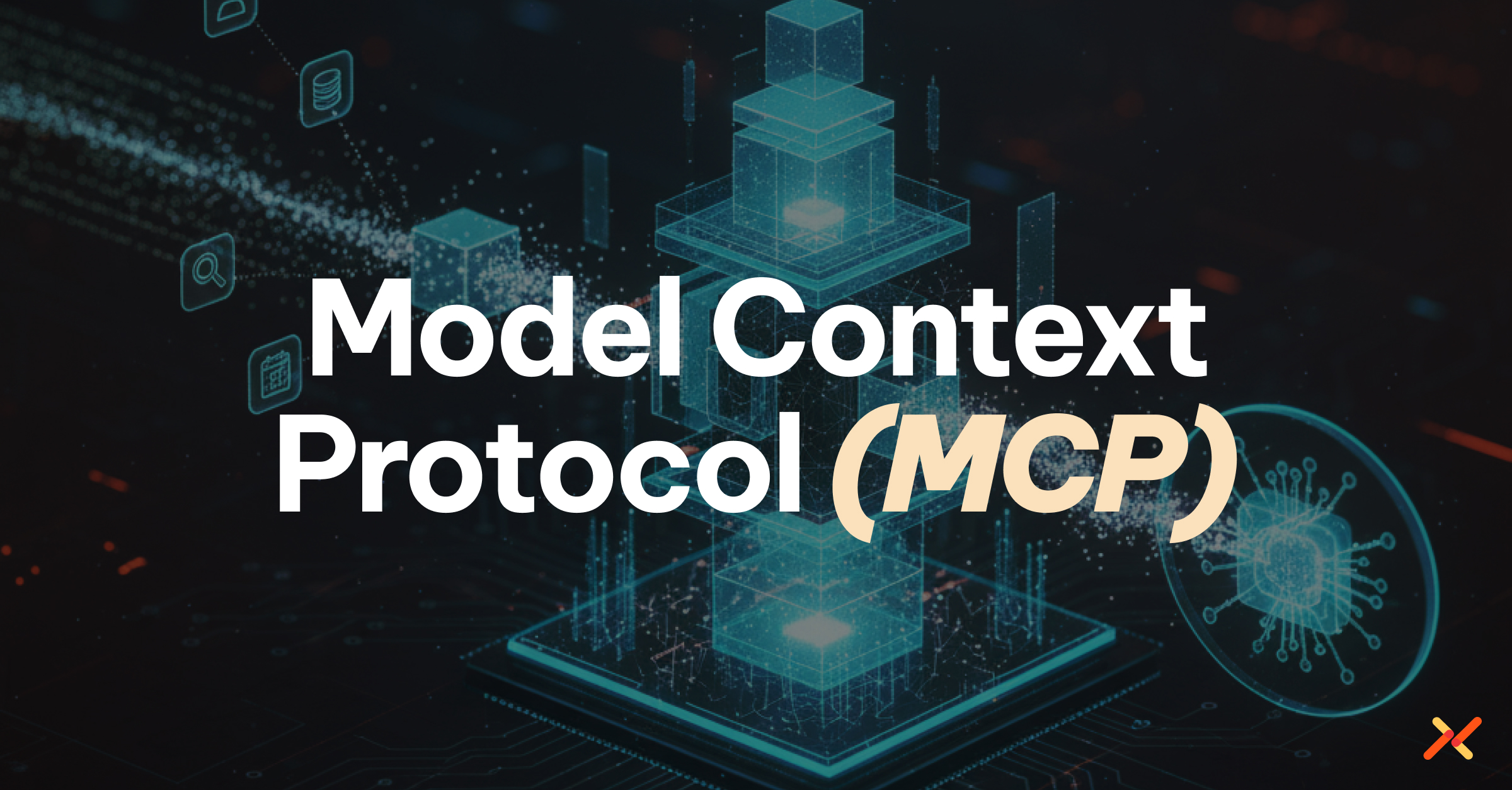The Model Context Protocol (MCP) is an open standard that enables large language models (LLMs) and AI agents to securely connect with external tools, APIs, and data sources through a common communication framework. MCP standardizes how models exchange context, invoke tools, and handle permissions, creating a foundation for safe, extensible agent ecosystems.
How It Manifests Technically
MCP defines a structured way for AI systems to discover, request, and consume contextual data from connected resources. In practice:
- AI agents or LLMs send context requests and action invocations to external tools via standardized message formats.
- Each connected tool, API, or service implements a provider interface that specifies capabilities and access requirements.
- MCP introduces a capability negotiation layer, allowing models to understand what external actions are available before execution.
- Security-wise, MCP requires proper authentication, authorization, and trust boundaries between the model runtime and connected services.
These interactions increasingly rely on identity-based controls to verify which agent or model is making a call and under what authorization scope.
Why This Matters for Modern Enterprises
MCP is a major step toward interoperable, enterprise-grade agent ecosystems. It enables organizations to:
- Extend AI models safely into operational systems without building one-off integrations.
- Define consistent access and governance frameworks for how agents interact with corporate APIs, knowledge bases, and SaaS environments.
- Adopt agentic automation with auditable and enforceable boundaries.
However, this same openness creates new security challenges: each model and tool interaction becomes an identity event that must be verified, scoped, and logged, just like human or workload access.
Common Challenges with the Model Context Protocol (MCP)
- Agent authentication: Verifying that each AI agent or LLM invoking MCP endpoints is properly attested and authorized to access specific tools or data.
- Cross-domain trust: MCP workflows may span multiple clouds, vendors, or identity providers, creating trust chain complexity.
- Credential exposure: Without secure runtime identity, API tokens or keys may be hardcoded into model connectors.
- Policy fragmentation: Each tool or system may enforce access differently, leading to inconsistent control.
- Auditability gaps: Tracing which model or agent initiated a specific MCP request can be difficult without centralized logging and identity correlation.
How Aembit Helps
Aembit brings Workload Identity and Access Management (Workload IAM) to the Model Context Protocol, securing how AI agents authenticate and interact with connected tools.
- It verifies agent identity through attestation and Trust Providers before the agent can request or act via MCP.
- It replaces hardcoded credentials in tool connectors with short-lived, scoped credentials or secretless authentication, eliminating API key exposure.
- It applies policy-driven access control, defining which agents or models can invoke which MCP tools, under what posture and environment.
- Each MCP transaction is logged with full identity and policy context, providing end-to-end traceability for compliance and incident response.
- By unifying trust, authentication, and auditability across all MCP-enabled systems, Aembit enables enterprises to adopt agentic AI safely and at scale.
In short: Aembit secures the Model Context Protocol by binding every tool invocation to a verified, least-privilege identity, transforming open model ecosystems into governed, trustworthy enterprise environments.
Related Reading
FAQ
You Have Questions?
We Have Answers.
What exactly problem does MCP solve in AI agent integrations?
Before MCP, developers had to build custom connectors for every combination of model + tool + data source (the so-called “N × M” problem). MCP standardizes the interface so any agent or LLM can discover, request and act on external capabilities consistently, reducing integration overhead and increasing interoperability.
What are the key architectural components of MCP?
At a high level:
- An MCP client (embedded in an AI agent or model runtime) that sends standardized requests.
- An MCP server (tool, service or data-source) that implements the provider interface and exposes capabilities.
- A structured message/transport framework (often JSON-RPC over HTTP/stdio) for bidirectional communication.
- A capability negotiation/discovery layer so the client knows what the server supports (actions, data types, access requirements).
What production-scale risks should enterprises watch for when deploying MCP?
While MCP enables powerful agent-tool integrations, it also introduces new risks:
- If an MCP server is mis-configured, an agent might gain unintended access to privileged tools or data.
- There is still a trust boundary: agents must be authenticated and authorized before invoking MCP servers, lacking this, agents act as “anyone”.
- Cross-domain and multi-environment deployments complicate identity federation, logging, and policy enforcement, precisely the kind of challenges you highlight in your text.
- Because MCP enables agents to chain tools and data sources, combining them maliciously can create “tool-poisoning” or exfiltration scenarios.
How does identity and access management (IAM) map into MCP workflows?
In an MCP ecosystem:
- Each agent (or model runtime) must present a verifiable identity before negotiating or invoking MCP services.
- Each tool or MCP server must enforce scoped permissions: which client identity can call which capability, under what conditions.
- Audit-logging must tie agent-identity → capability request → server response, so every invocation is traceable.
- Your platform’s value (e.g., Aembit) comes in by providing attested workload identities, short-lived credentials or secretless access, and centralized policy enforcement over those MCP agent→tool interactions.

